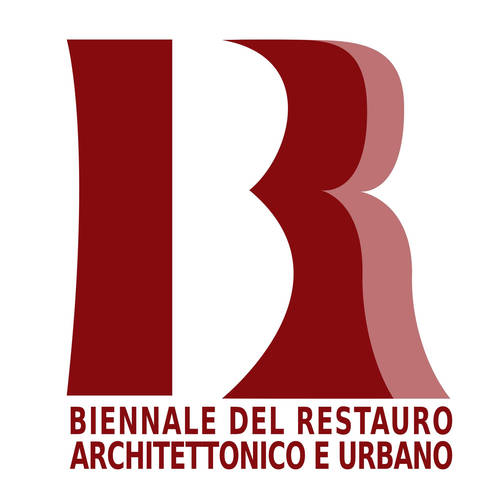Rhodes and the famous archaeologist Amedeo Maiuri
The passing of Amedeo Maiuri from Rhodes (from February 1916 to October 1924) has left deep traces.
In addition to his formidable work of archaeological excavations, he realized the Archaeological Museum, where artifacts of inestimable value are collected.
Transferred from Rhodes to Pompeii, he returned to Rhodes in 1936 and wrote his memoirs in a book entitled “From the Aegean to the Tyrrhenian Sea” (which also talks about his excavations in Crete). The book ends with the speech given on November 11, 1922, on the occasion of the opening ceremony of the Port of San Athanasio in the medieval city of Rhodes (it is the door facing the church of St Francis), which coincided with the 400 years since the date on which the Turks, with the entrance in the city of Suleiman the Magnificent, had closed it in December 1522. A reading of the book reveals a close collaborative relationship between italian archaeologists and local population, intentionally ignoring the political directives of Rome. In fact, Maiuri describes his grave robber collaborator Agapito as a descendant of the Goddess of Hercules and Tlepolemos, the clay turning master, Giakoumi, direct descendent of ancient potters Rhodians, while the old priest who takes the sun under a tree as Milichio Zeus.
For example, when Maiuri addresses the Governor Mario Lango, he does not call him “governor of the Italian Aegean islands” (the title he deserved after the Lausanne Convention, as “Governor of Rhodes and the other Dodecanese islands”).
The same stamp of the Superintendent of Monuments and the excavations of the Italian Aegean Islands does not depict some monument of the Knights, but the famous anaglyph “krito and Timarista”. Reading some of the correspondence between MAiuri and Demosthenes Haviara, it is clear that he did not only know perfectly the ancient greek but also wrote perfectly modern greek. His daughter Bianca, she too archaeologist, wrote (when seventy years old) a moving article in the periodical “Magna Grecia” (January-February 1984) entitled “Rhodes like a fairy tale”. To Maiuri are attributed the discoveries of the ancient stadium and the theater as well as the identification of the exact location of the gymnasium, the three main monuments of life in the ancient city of Rhodes: gymnasium, theater and stadium. Maiuri, with his tireless and valuable work, managed to promote the immense archaeological heritage of Rhodes, and buried and at the mercy of looters until the beginning of the last century. In fact, during the Turkish occupation, illegal findings were taken abroad through agents in foreign consulates. The situation changed with the Italian occupation of Rhodes in 1912, but not right away; only when the Italian government began to consider the permanent occupation of the island, it began to organize excavations and protect the finds. By many it was asked that the square in front of the Archaeological Museum of Rhodes, now called Museum Square, is named after Amedeo Maiuri.
Nina Avramidou

















